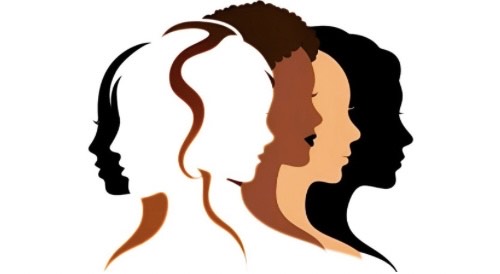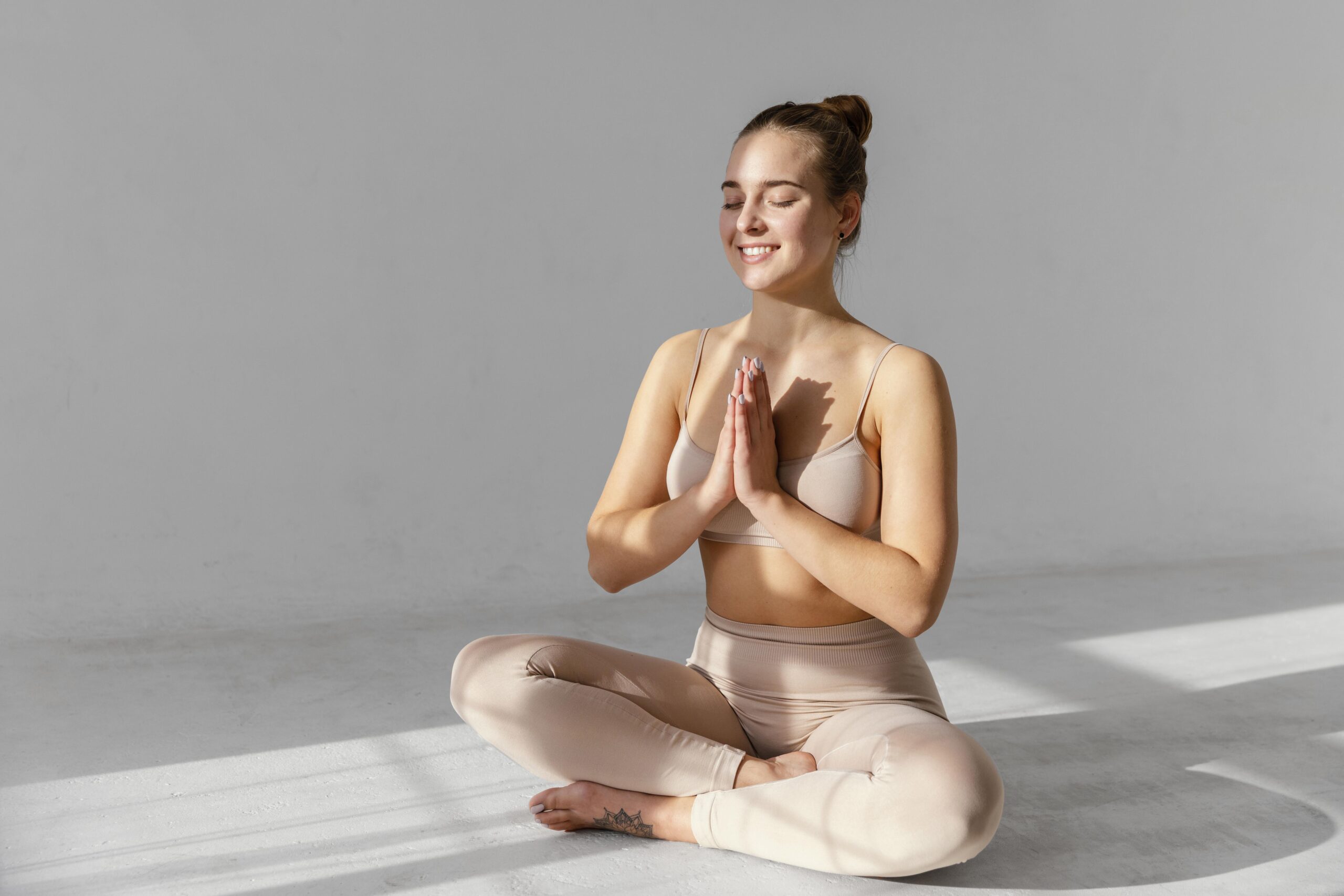Yoga is far more than a modern fitness trend or a moment of calm in a hectic day. It is an ancient practice deeply embedded in thousands of years of Indian philosophy, spirituality, and culture.
This rich tapestry of traditions, rituals, and wisdom stretches beyond the physical postures often associated with yoga today.
Evelin Falcourt, a yoga instructor from Sheffield, emphasises the importance of honouring yoga’s origins, encouraging practitioners to approach the discipline with mindfulness and respect.
She explains, “Yoga bridges ancient wisdom and modern living. By acknowledging its roots, we keep alive a tradition that teaches us compassion, resilience, and the beauty of balance.”
“I believe yoga is much more than exercise; it’s a conversation with yourself,” Evelin shares. “When I step onto the mat, I feel connected to thousands of years of seekers before me. It’s humbling and powerful.”
Though the exact origins of yoga remain uncertain, it is widely believed to have been first documented over 5,000 years ago during the Indus Valley Civilization, appearing in sacred texts such as the Vedas.
These early foundations were further elaborated in the Upanishads and the Yoga Sutras of Patanjali, which describe yoga as a holistic practice that unites the mind, body, and spirit in harmony with the universe.
The word “yoga” itself means “union” or “to yoke,” symbolising the joining of the self with the divine.
Read more:
It encompasses a comprehensive spiritual system involving breath control (pranayama), meditation (dhyana), ethical disciplines (yamas and niyamas), and physical postures (asanas).
Each element cultivates heightened awareness, inner balance, and lasting peace.
“True yoga,” Evelin reflects, “is about listening deeply to your body, breath, and heart. It teaches patience, kindness, and the art of surrender.”
Engaging fully with yoga requires physical practice, understanding, and respect for its cultural and historical context. This dimension is often overlooked when yoga is commodified or reduced solely to exercise.
Traditionally it is rich with symbolic practices, including chanting sacred mantras to invoke divine energy and participating in cultural rituals during festivals like International Yoga Day and Makar Sankranti.
“As yoga travels across the world, it transforms. But honouring its roots helps us stay grounded and authentic,” says Evelin. “It reminds us this is not just a workout; it’s a sacred legacy.”
Many practitioners today seek to reconnect with yoga’s spiritual and cultural heritage, recognising that honouring its origins enriches their practice and deepens their personal growth.
Incorporating traditional Indian textiles into yoga attire or using authentic Sanskrit mantras during meditation can heighten the sensory and spiritual experience.
These practices serve as essential reminders that yoga is not merely physical movement but a sacred art passed down through centuries.
“For me, wearing a simple cotton kurta or practising mantra meditation brings the past and present together,” Evelin shares softly. “It’s like touching a thread that connects me to something greater.”
For many, it is also a path to cultural reconnection, an opportunity to ground oneself in a heritage that reveres the sacredness of body, mind, and spirit. It invites practitioners to slow down, breathe deeply, and embrace the inward journey toward self-awareness and harmony.
“It teaches us that the most profound journey is the one inward,” Evelin says. “It’s a gift to ourselves and the world.”
So next time you take a moment to practice, stretch, and embrace the beauty of stillness, remember to honour the rich culture that gave birth to this ancient art.
Take a deep breath of gratitude for the traditions, wisdom, and spirit that flow through every pose and every breath.


